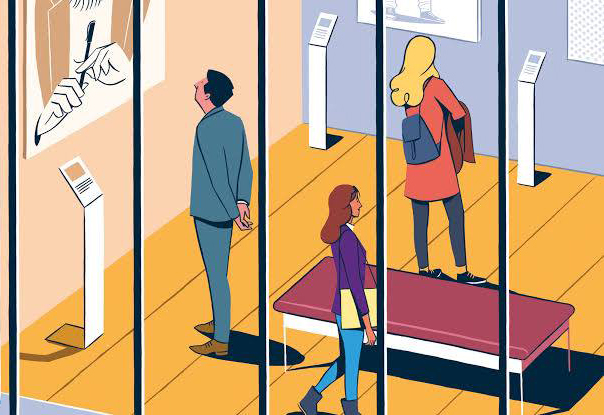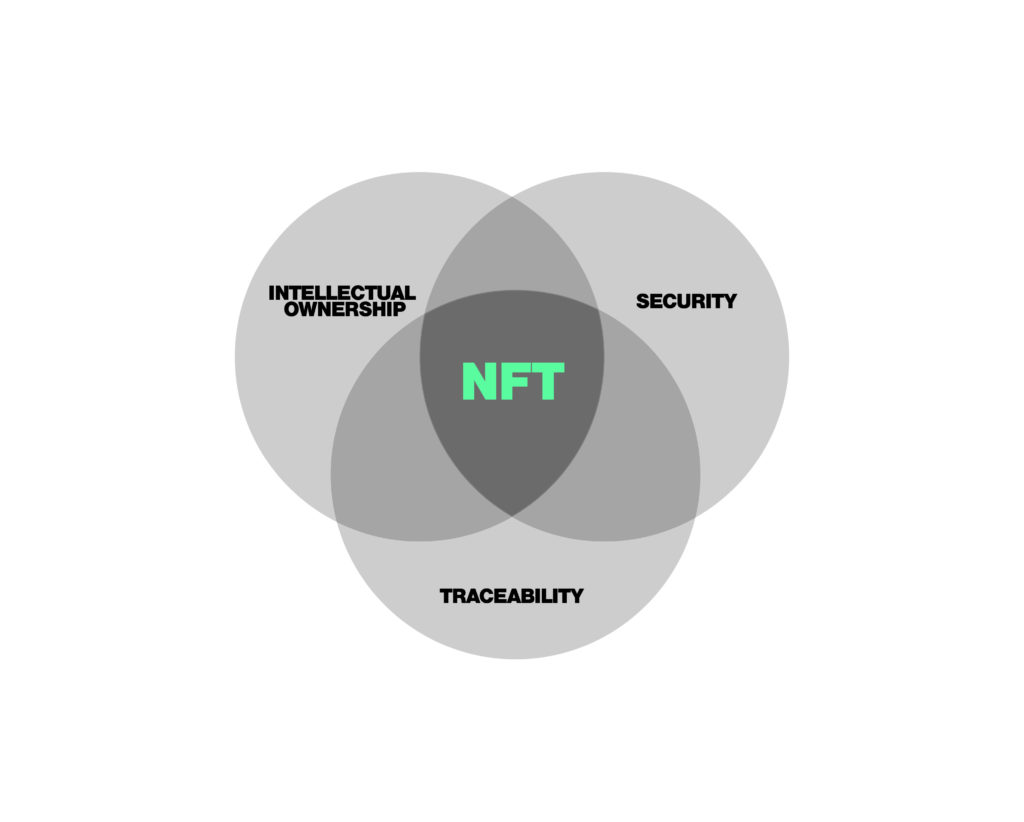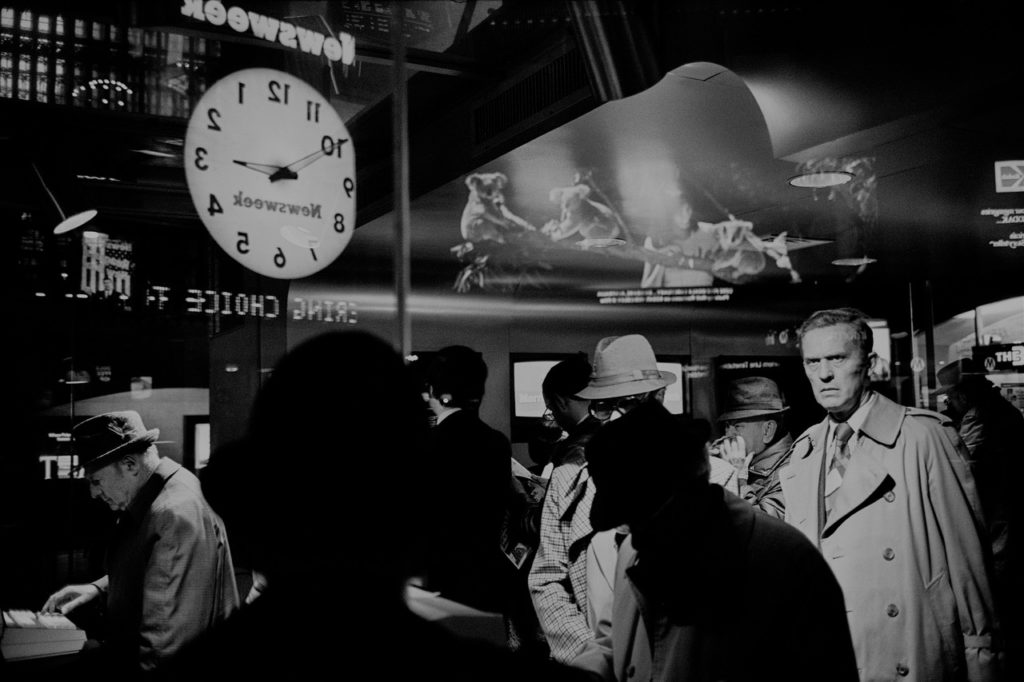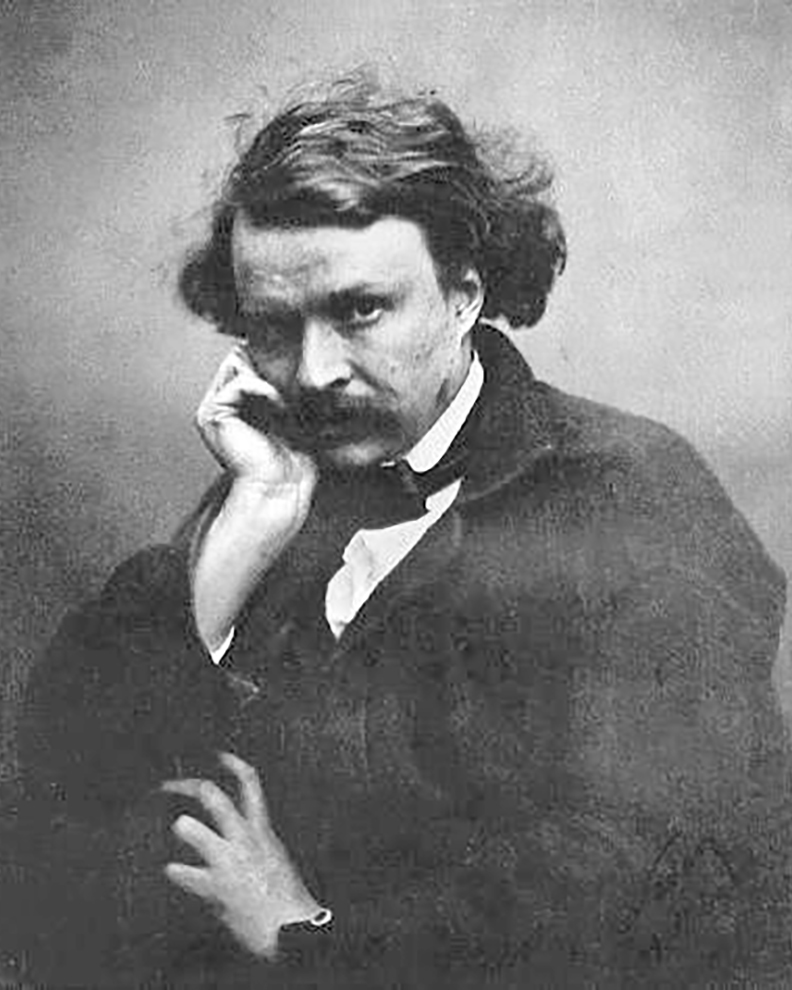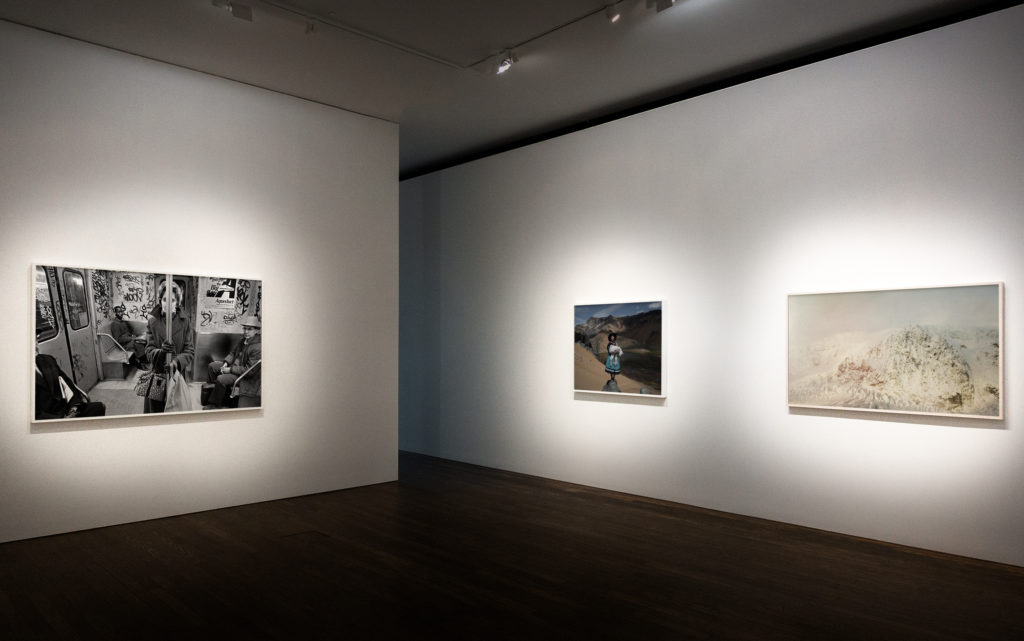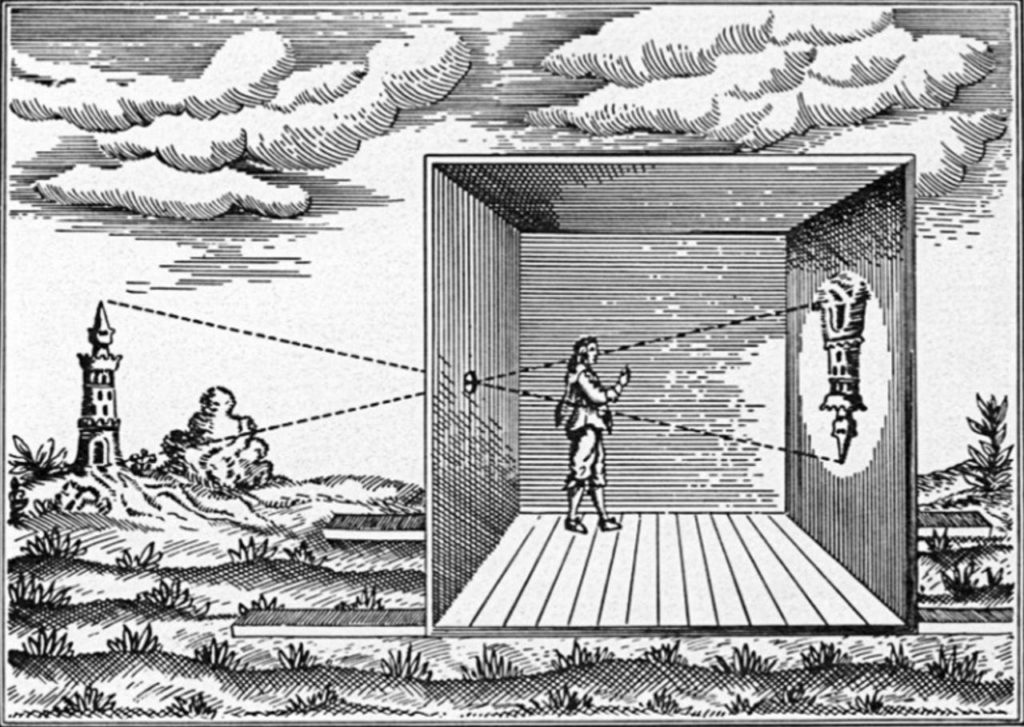5 Ways How NFTs are Empowering Artists
NFTs continue to create new opportunity and possibility for artists, that are inherently empowering, nurture creativity, and that value autonomy– all attributes of the artist that should not be comprised for arts’ sake


